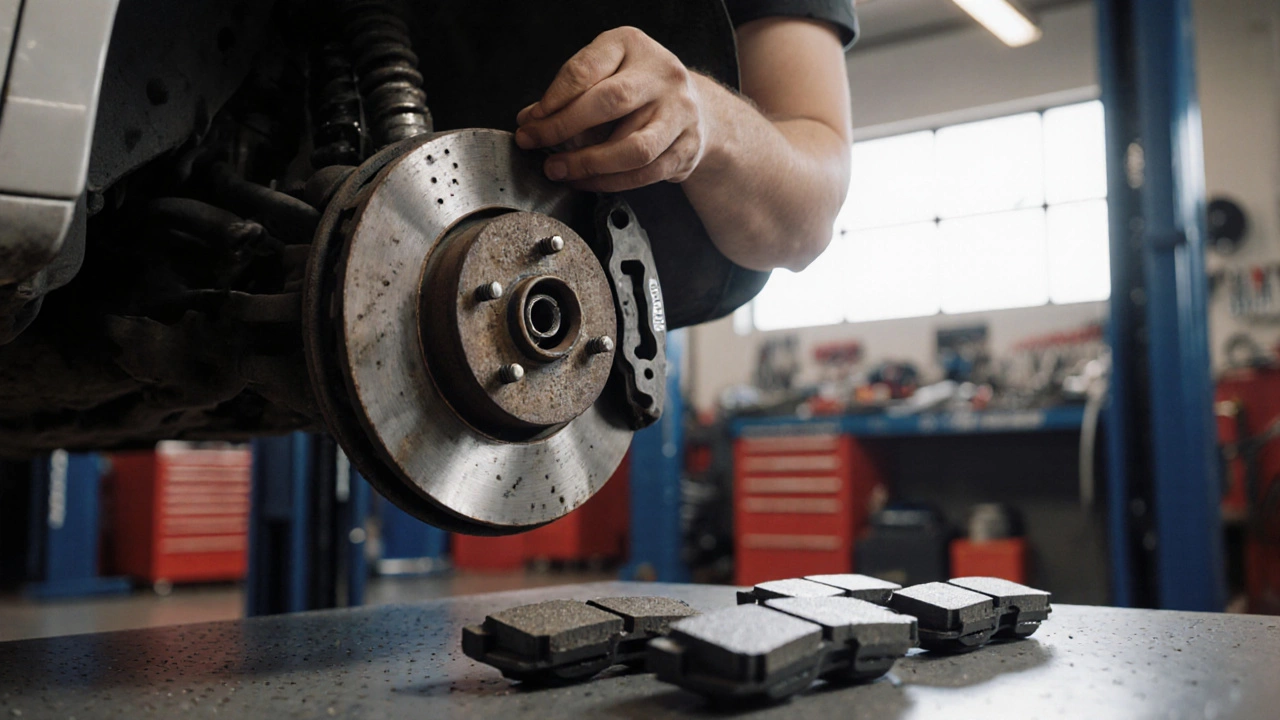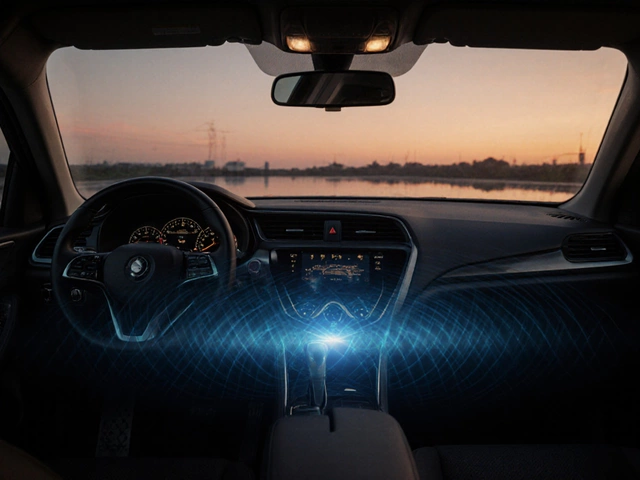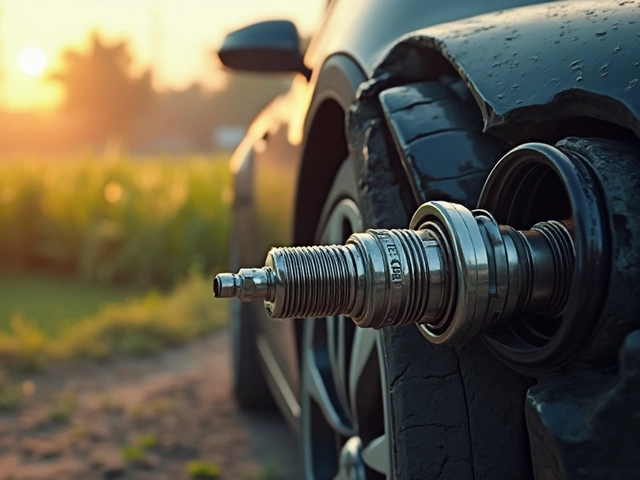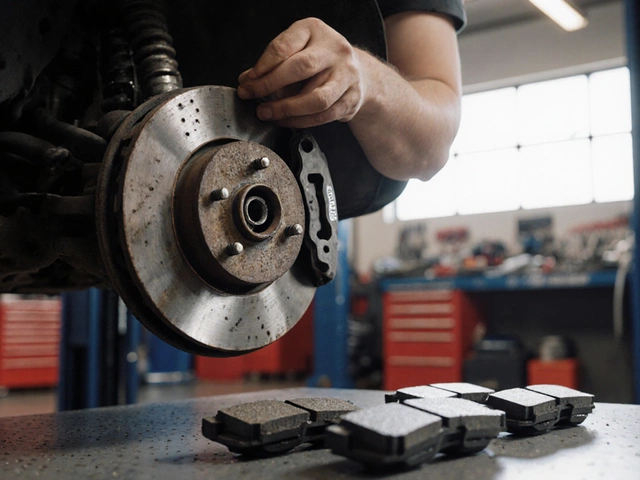
Brake Pad Replacement Near Me: Signs, Costs, and What to Expect
When your brake pad replacement, the process of swapping worn friction material on your vehicle’s braking system to restore stopping power. Also known as brake pad service, it’s one of the most common car repairs—but also one of the most critical for safety. Ignoring worn brake pads doesn’t just mean longer stops. It can lead to warped rotors, grinding metal, and total brake failure. You don’t need to wait for a siren-like squeal to act. Many drivers miss early signs like vibration in the pedal, a softer feel when braking, or even a faint metallic scraping noise at low speeds.
Brake pad replacement isn’t just about the pads themselves. It’s tied to your brake inspection, a full check of the braking system including rotors, calipers, and fluid lines. Also known as brake system evaluation, it’s what separates a quick fix from a lasting solution. If your pads are worn, the rotors might be too. Replacing pads without checking rotors is like putting new tires on a bent rim—it won’t last. And if you’re looking for brake pad replacement near you, ask if they include rotor thickness checks. Most shops will do it for free, but few mention it upfront.
The brake pads cost, the price range for a full set of four pads, varying by material, brand, and vehicle type. Also known as brake pad price, it can range from ₹2,000 to ₹12,000 in India depending on whether you choose ceramic, semi-metallic, or organic pads. Don’t assume the cheapest option is best. Cheap pads wear out fast and can damage rotors. Ceramic pads cost more upfront but last longer, run quieter, and cause less dust. Semi-metallic handles heat better—ideal for city driving with frequent stops. And yes, labor adds another ₹1,500 to ₹4,000. A full brake pad replacement near you should never be under ₹3,500 for a basic sedan if done right.
Signs your pads are worn? Squeaking or squealing when braking, especially when light on the pedal. A grinding sound? That’s metal on metal—your pads are gone. Your car pulling to one side when you brake? Uneven wear or a stuck caliper. A warning light on your dash? That’s your car screaming for help. And if your stopping distance feels longer than it used to be, don’t wait for the next service. Brake pad replacement isn’t optional. It’s urgent.
Most people wait until it’s too late because they don’t know what to look for. But you don’t need a mechanic to spot the warning signs. Check your pads visually through the wheel spokes—if the friction material is less than 3mm thick, it’s time. Or just listen. That high-pitched noise? It’s built into the pad to tell you. You don’t need a PhD in cars to understand this. Just pay attention.
Below, you’ll find real-world guides on how to tell if your brake pads are worn out, what 4 brake pads should cost in 2025, and how to avoid being overcharged. No fluff. Just what works, what doesn’t, and what to ask the next time you search for brake pad replacement near you.
-
15 Nov






